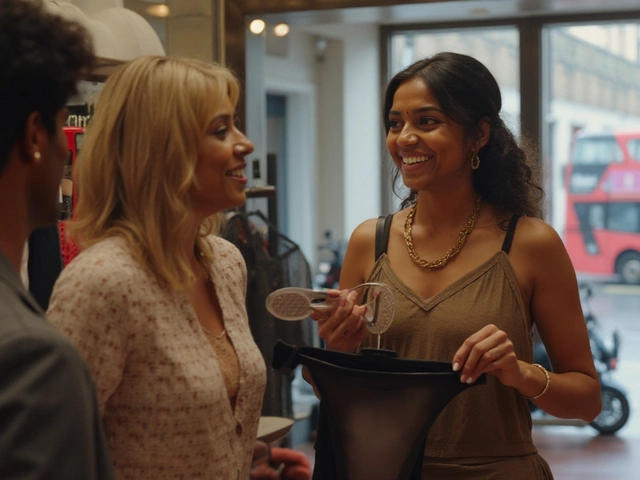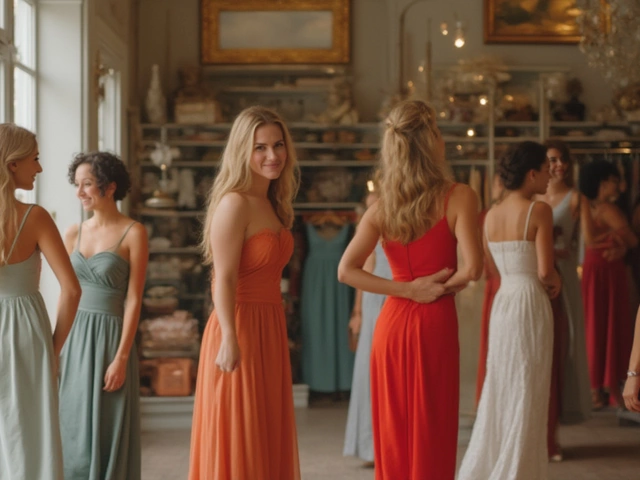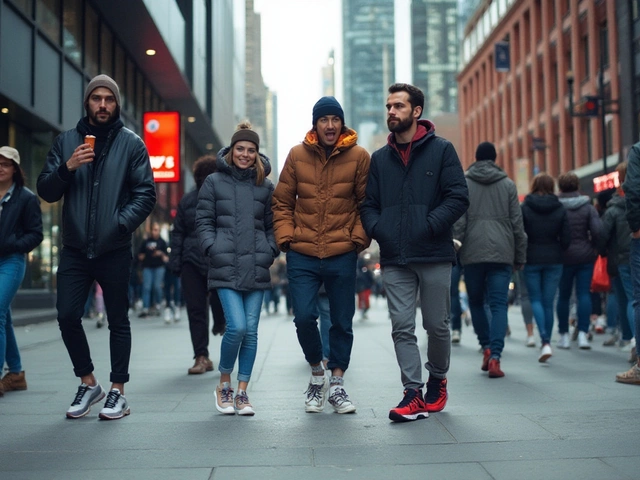Why Sportswear is Trending: Comfort, Style, and Modern Athleisure
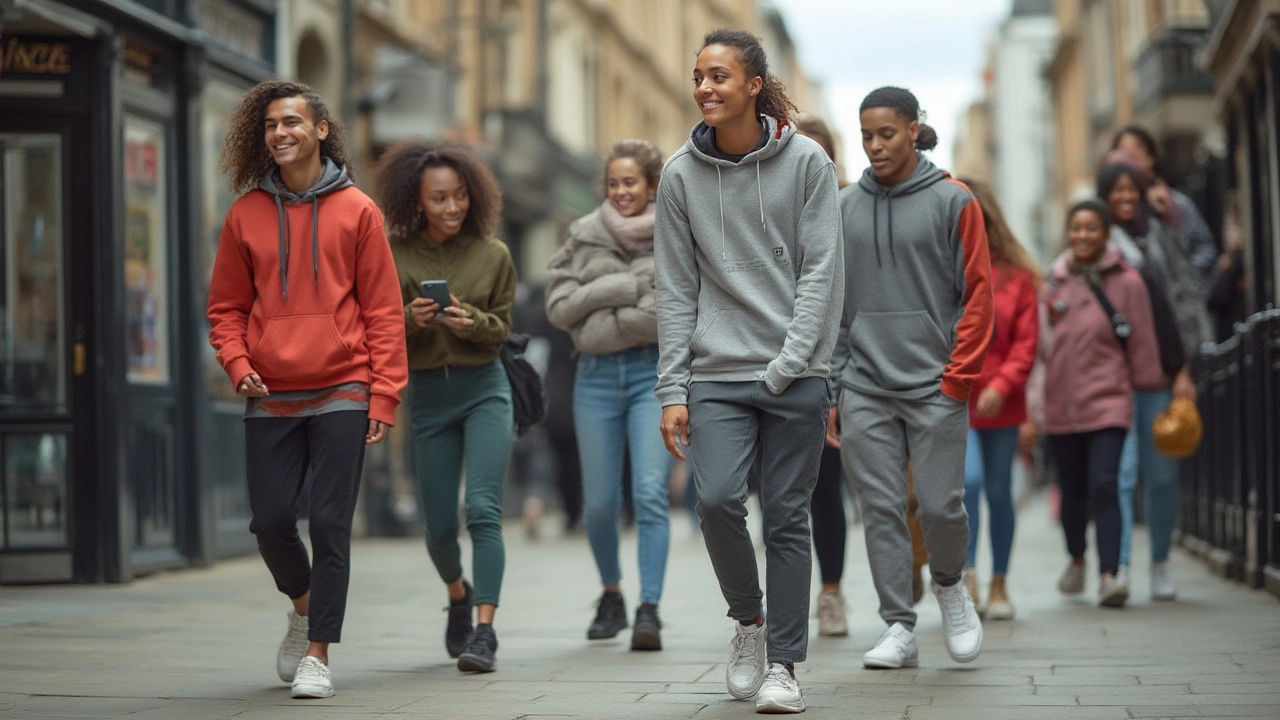
- Cleo Fairchild
- 21 July 2025
- 0 Comments
Walk through any city, hit up a coffee shop, or scroll your social feed, and you’ll spot sportswear everywhere—on every age group, every background, every mood. Oversized hoodies, swishy shorts, sleek leggings, and technical sneakers have tiptoed out of the gym and marched into daily life. Some people still call it a trend, but the love for sportswear feels more like a full-blown lifestyle shift. So, what sparked this obsession? Is it just comfort, or is there more to this story?
The Rise of Comfort Meets Style
Remember when track pants and hoodies used to be house-only outfits? Fast forward to 2025, and it’s totally normal to see suits paired with running shoes in high-powered boardrooms. The global sportswear market didn't grow by accident—it hit a whopping $375 billion in 2024, according to Statista, and analysts expect even bigger numbers by 2027. Clearly, sportswear isn’t just for athletes anymore. It’s for anyone who wants comfort to walk hand in hand with looking good. And here’s the kicker: some of the most beloved sportswear pieces weren’t designed in fashion studios but on tracks, courts, and playing fields—think Nike’s Air Jordans, Adidas’ Superstar, or Lululemon’s Align leggings. These aren’t just clothes; they’re cultural icons.
Why does sportswear blend in so easily? One reason: fabric innovation. Moisture-wicking, breathable, four-way stretch—it all means you can sprint for a train, chase your dog, or just lounge in the park without breaking a sweat (or a seam). People crave flexibility in their lives, and sportswear delivers it. Even the way outfits look matters: streamlined silhouettes, minimal branding, and neutral colors make these pieces timeless and easy to mix and match. Sneaker culture also exploded into the mainstream. Shoes once reserved for basketball courts now pair smoothly with sundresses, jeans, or tailored pants. Every generation is part of the movement—from Gen Z customizing their drip to working parents racing through errands, everyone’s in on the action.
What’s fueling the fire? Let’s talk social media. Instagram, TikTok, and Pinterest keep pushing sportswear content to millions, translating into clothes we want to buy and wear every day. Collaborations between sportswear giants and luxury houses push boundaries: Adidas with Gucci, Nike teaming up with Jacquemus. High-low dressing isn’t just accepted; it’s celebrated. For those who care about sustainability, brands are finally stepping up. Recycled PET, organic cotton, and closed-loop manufacturing make it easy to look good without ethical guilt. Numbers back this shift: a survey last summer found 63% of younger shoppers look for sustainability in their sportswear choices.
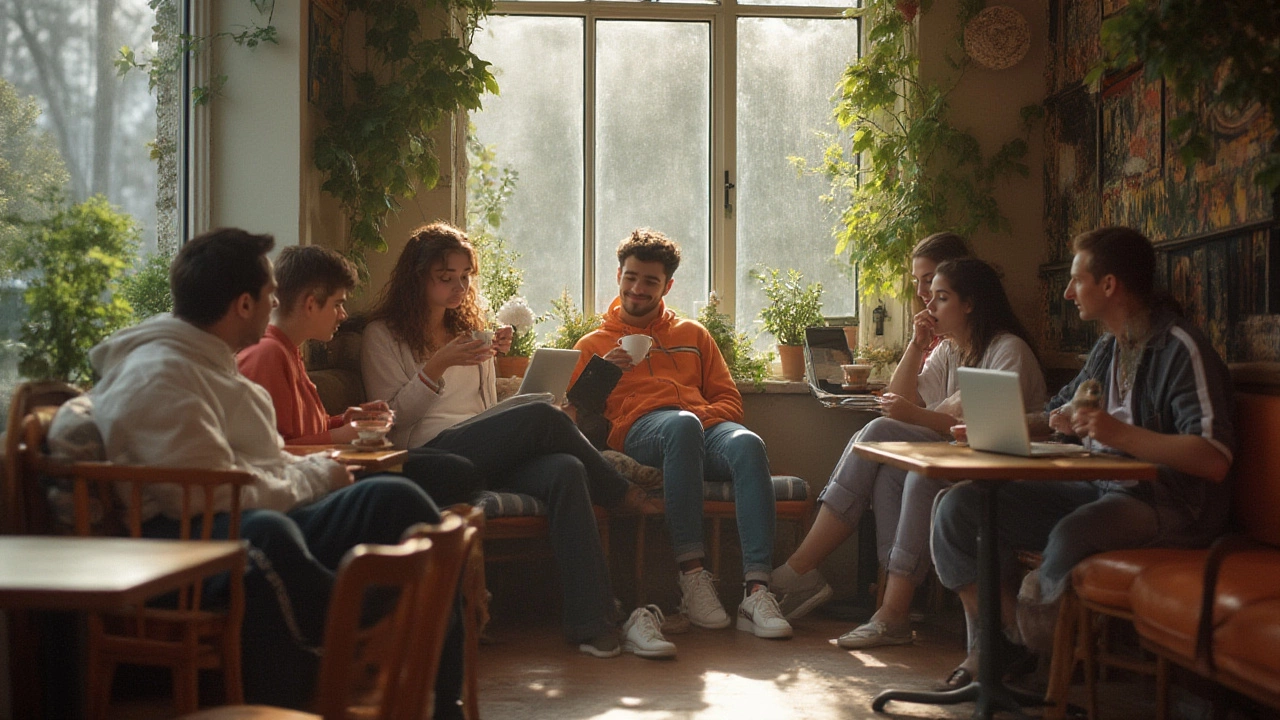
The Psychology of Sportswear: Everyday Empowerment
Here’s something interesting: scientists call it “enclothed cognition.” What you wear changes how you think, how you feel, and how you behave. Slip into a pair of running shoes and joggers, and suddenly you feel a boost of energy—even if your only destination is the grocery store. There’s a reason why big tech CEOs (think Mark Zuckerberg and his zipped-up hoodies) or creative directors (hello, Virgil Abloh) default to laid-back, sporty looks. Sportswear signals action, capability, and modern cool.
During and after the chaos of the 2020 pandemic, working from home broke the old rules: who needs a blazer when you can join a Zoom call in your comfiest leggings and look just as put-together from the waist up? Workwear got a reality check, and nobody’s in a hurry to button back up. By 2023, a reported 80% of US offices went at least partially casual, according to a Gallup survey, and sportswear pieces lead the way. The pandemic didn’t just change wardrobes. It changed mindsets. People re-evaluated how they spent their time—and what they wore while doing it.
Kids and teens, especially, see sportswear as confidence armor. It’s not just about PE class anymore. The right hoodie or branded tee becomes a badge of honor—a way to fit in, stand out, or flex style in Snapchat stories. Adults pick up on it too: dressing for movement makes you more likely to hike on weekends, join impromptu games, or even stay a little later at the park with your kids. Dressing for action can lead to more action—a simple but powerful loop.
Marketing plays its part, but the love is real. Emblazoning a swoosh, a puma, or three stripes across your outfit is shorthand for a lifestyle: busy, on-the-move, not bogged down by tradition. Celebrities run with it—literally and figuratively. When pop stars or athletes step out in tracksuits on magazine covers, fans follow. Honestly, there’s also an underdog aspect—sportswear started as “cheap” or “less serious” compared to high-end fashion. Now, it’s the modern wardrobe foundation. If you want proof, check out the rise in resale values for rare sneakers or vintage tracksuits on platforms like StockX or Grailed. Sometimes sportswear becomes an investment, not just a purchase.
Want to maximize your sportswear game? Choose classic pieces in neutral shades for versatility, but don’t fear pops of color or interesting textures. Look for technical fabrics if you’re always on the go, and consider hybrid pieces—blazers in performance knit, trousers that stretch, shoes that channel a running vibe. The best tips? Wash technical gear on cold, skip the dryer, and use mild detergents to keep those fabrics functional for years. Keep your gear fresh by rotating between sets, and don’t shy away from accessories like bucket hats, sporty watches, or sleek crossbody bags to pull your looks together.
| Sportswear Segment | 2024 Global Market Value | Expected Growth by 2027 |
|---|---|---|
| Athleisure Apparel | $165B | $210B |
| Sneakers & Athletic Footwear | $125B | $153B |
| Performance-Based Gear | $85B | $99B |
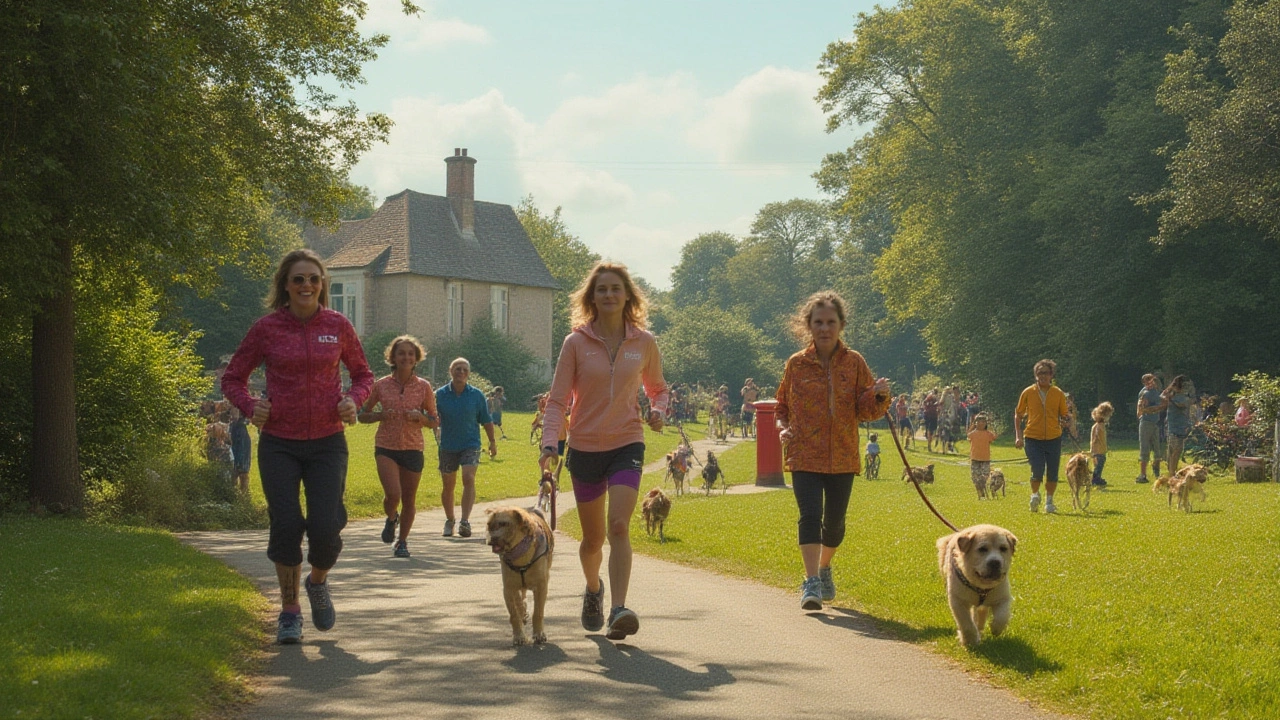
How Athleisure Became a Cultural Staple
The rise of athleisure—the crossover of athletic wear and leisurewear—helped rocket sportswear into places no gym membership is required. Go back just ten years. Workout clothes were for workouts. Now, people hit brunch, run errands, and even take meetings in the same gear they might wear for yoga or Pilates. It’s a blurring of boundaries. Moms drop teens at school in leggings and pullovers, students study for finals in track jackets, and entrepreneurs brainstorm in sweat-wicking polos. Athleisure answers today’s sprawl of activities: morning jog, midday shopping trip, late-night movies, all with minimal outfit changes.
Tech has a say in this shift, too. As wearable fitness trackers and wellness apps took off, people started to see their health as an everyday thing, not just a “gym thing.” Fashion followed along. Sneakers now have built-in tech for comfort, cushioning, even step tracking. Several brands let you design your own patterns or color combos online, letting you express your personality with each pair. Lululemon’s Swiftly Tech Tee, for example, uses silver-infused yarns to control odor and enhance stretch—so your clothes work as hard as you do.
And let’s not ignore the impact on gender and identity. Sportswear’s unisex look busts open old-school divisions. Baggy joggers, boxy tees, and oversized hoodies welcome all genders and body types. For those who don’t feel at home in traditional, tight, or restrictive fashion, athleisure is a breath of fresh air. Designers now release gender-neutral collections as standard, and big brands like Adidas and Puma launch pride-themed pieces, making sportswear a more inclusive space.
Want to keep your sportswear game fresh? Rotate your most-used pieces every season—donate or recycle items you no longer love to keep your collection clutter-free. Invest in staple items: a great pair of black leggings, a waterproof windbreaker, technical sneakers, and a baseball cap can get you through almost anything the week throws at you. If you’re short, choose cropped jackets and snug joggers to elongate your look. Taller? Go for oversized sweats and chunky sneakers for the perfect street-ready outfit. And if you find a sportswear piece you love—like that once-in-a-blue-moon perfect hoodie—buy an extra. You’ll thank yourself on laundry day.
Let the numbers speak: a 2024 YouGov survey found 71% of urban Americans reported wearing sportswear at least 3 days a week, up from just 39% in 2017. Among teens, the number jumps to 82%. That’s not a passing phase—it’s a massive movement. Fashion critics call it “the era of functionality,” but for most people, it just feels right. Sportswear isn’t about pretending to go for a run or fitting a stereotype. It’s the new everyday essential. And whether you’re chasing a goal or just chasing your next coffee, you’re already part of the crowd.
If you ask me, sportswear’s superpower is making confidence and comfort the rule, not the exception. Maybe that’s exactly why we can’t get enough.
